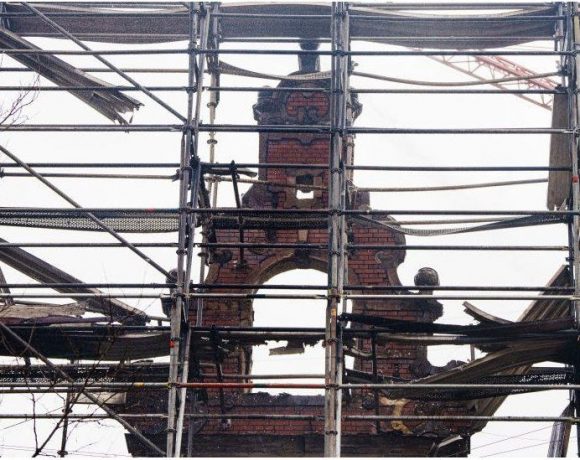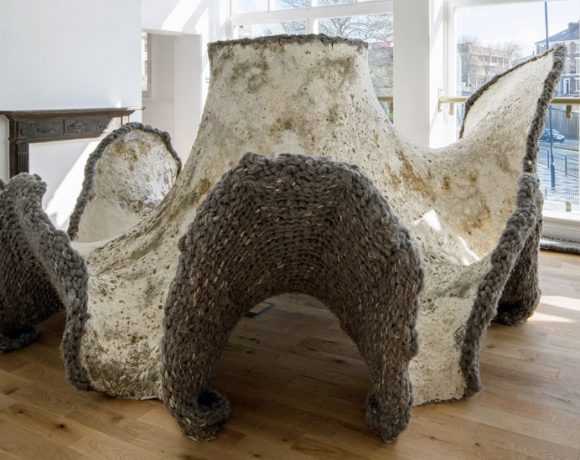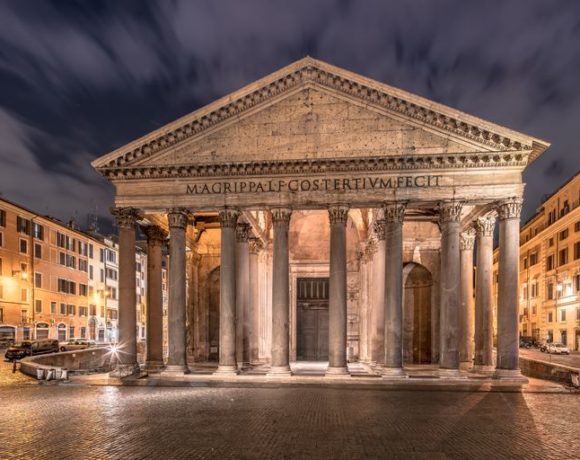
Copenhagen’s historic former stock exchange, which suffered severe damage in a recent fire, is set to undergo restoration efforts to preserve its significance as one of the city’s renowned landmarks. Officials, including the mayor and district mayors, emphasized the importance of rebuilding the 400-year-old building, stressing its integral role in Copenhagen’s history and identity.
Despite the extensive damage caused by the blaze, plans for restoration are underway, with the Danish chamber of commerce director affirming a commitment to reconstructing the structure. The chamber, which currently occupies the building, expressed dismay at the devastation witnessed during the fire.
Efforts to assess the extent of the damage are ongoing, with emergency services working to stabilize the remaining structure. The fire, which started beneath the building’s copper roof during the early hours of Tuesday morning, posed significant challenges to firefighters due to the ongoing renovation work and the building’s architectural features.
Leaders at both the national and local levels expressed sorrow over the loss of such a historic site, acknowledging the building’s cultural and architectural significance. The fire not only threatened the physical structure but also endangered valuable artwork and artifacts housed within. However, there were heartening scenes of collaboration as individuals, including emergency service personnel and bystanders, worked together to salvage precious items from the building.
While the fire caused significant damage to Copenhagen’s former stock exchange, efforts are underway to restore this iconic landmark to its former glory, reflecting the collective determination to preserve the city’s rich cultural heritage.
Picture Courtesy: Google/images are subject to copyright






